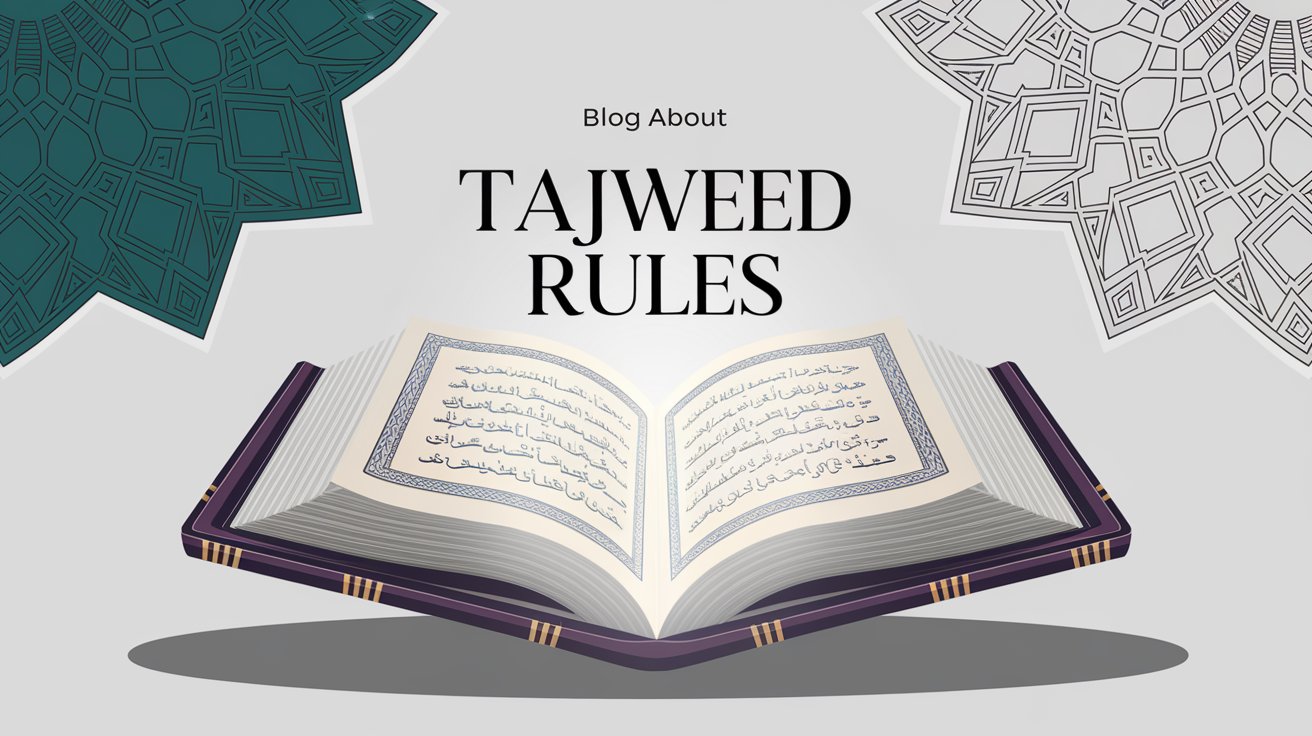Introduction:
Tajweed is the art of reciting the Quran with proper pronunciation, tone, and rhythm. It is not merely a set of rules but a vital aspect of preserving the Quran’s original form as it was revealed to the Prophet Muhammad (PBUH). Understanding and applying Tajweed rules ensure that the words of the Quran are recited as intended, maintaining their beauty and meaning. This blog delves into the significance of Tajweed, the essential rules, and how they contribute to an accurate and reverent recitation of the Quran.
Main Points:
1. Definition and Purpose of Tajweed:
- Tajweed means “to make something better” or “to improve.”
- The primary purpose of Tajweed is to preserve the correct pronunciation and recitation of the Quran.
- It ensures that the meaning of the words is conveyed accurately, as even small errors in pronunciation can change the meaning.
2. Makharij (Points of Articulation):
- Makharij refers to the specific points in the mouth and throat from which each letter of the Arabic alphabet is pronounced.
- Understanding Makharij is crucial for reciting the Quran correctly, as each letter must be articulated from its proper point of origin.
- Mispronouncing a letter by using the wrong Makhraj can lead to a change in meaning, which is why precision is essential.
3. Sifaat (Characteristics of Letters):
- Sifaat are the characteristics or attributes of the Arabic letters that affect their pronunciation.
- These include qualities like heaviness (Tafkhim), lightness (Tarqiq), and others that determine how a letter should be pronounced.
- Mastering the Sifaat helps in maintaining the distinct sound of each letter, ensuring clarity and accuracy in recitation.
4. Rules of Noon Sakinah and Tanween:
- The Noon Sakinah and Tanween rules govern the pronunciation of the letter Noon (ن) when it is followed by certain letters.
- These rules include Izhar (clear pronunciation), Idgham (merging), Iqlab (changing), and Ikhfa (concealing).
- Correct application of these rules is essential for smooth and melodious recitation.
5. Rules of Meem Sakinah:
- These rules ensure that the Meem is pronounced correctly in different contexts, maintaining the flow and rhythm of the recitation.
- Similar to Noon Sakinah, Meem Sakinah involves specific rules for the pronunciation of the letter Meem (م) when it is in a silent state.
- The rules include Ikhfa Shafawi, Idgham Shafawi, and Izhar Shafawi.
6. Madd (Prolongation):
- The correct application of Madd enhances the beauty of the recitation and ensures that the words are recited with proper emphasis.
- Madd refers to the elongation of certain letters when reciting the Quran.
- There are different types of Madd, such as Madd Asli (natural prolongation) and Madd Far’i (secondary prolongation).
7. Stopping and Pausing (Waqf):
- Pausing at the wrong place can alter the meaning, so following the rules of Waqf is essential for accurate recitation.
- Waqf refers to the rules for stopping and pausing during the recitation of the Quran.
- Understanding Waqf is crucial for maintaining the meaning and coherence of the verses.
Conclusion:
Tajweed rules are not just technical guidelines but an integral part of the Quranic recitation that preserves its divine beauty and meaning. By mastering Tajweed, one can ensure that the words of Allah are recited with the utmost respect and precision. Whether you are a beginner or an experienced reciter, continuously learning and practicing Tajweed is essential for a deeper connection with the Quran.




Your writing is a reminder that the simplest words can sometimes hold the most profound truths.
thankyou so much